This is an bit of an overly specific question, but I'm curious about the purpose of these coils inside a Yamaha RX-V396RDS amplifier and wondered if anyone could explain what they're for. They appear on PCB Main 1. Also, would having the resistor inside the coil touching the inside of the coil be likely to cause a channel to not work?
Background to the question: the front right output of the amp has been behaving a littler weirdly for a while, mostly being slightly quieter and less clear than the left, but I've lived with it. This evening I noticed that it had completely cut out, so went delving inside the amp to see if I could spot any loose connections or burnt out components. Nothing looked obviously out of place or broken, but I noticed that on one of the large boards connected to the output board the resistor in one of the copper coils was touching the inside of the coil.
I'm no expert, but I assumed that having two components directly touching like that probably wasn't ideal, so I carefully moved it to be more central. Having done that I thought I'd test it out and was surprised to find that the front right speaker was back. I tried to google to find an answer and looked at the schematics, but have no idea of what I did actually fixed things, or if unplugging the amp for the first time in a while may have reset something that had tripped or otherwise gone wonky.

